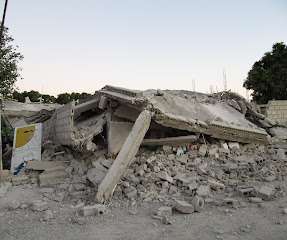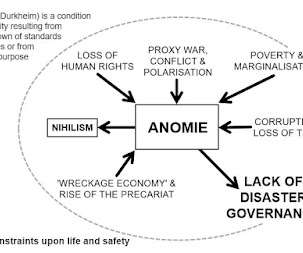Book Review: Case Studies in Disaster Recovery
Recovery Diva
APRIL 12, 2023
Keywords: disaster recovery, adaptation, innovation, resiliency, case studies, Reviewer : Irmak Renda-Tanali, D.Sc. Early recovery must balance the speed of returning to normalcy with long-term goals that promote resilience. Neely, Liliya Kasatkina Quebedeaux, Erin Rider, Samuel J.B.











Let's personalize your content